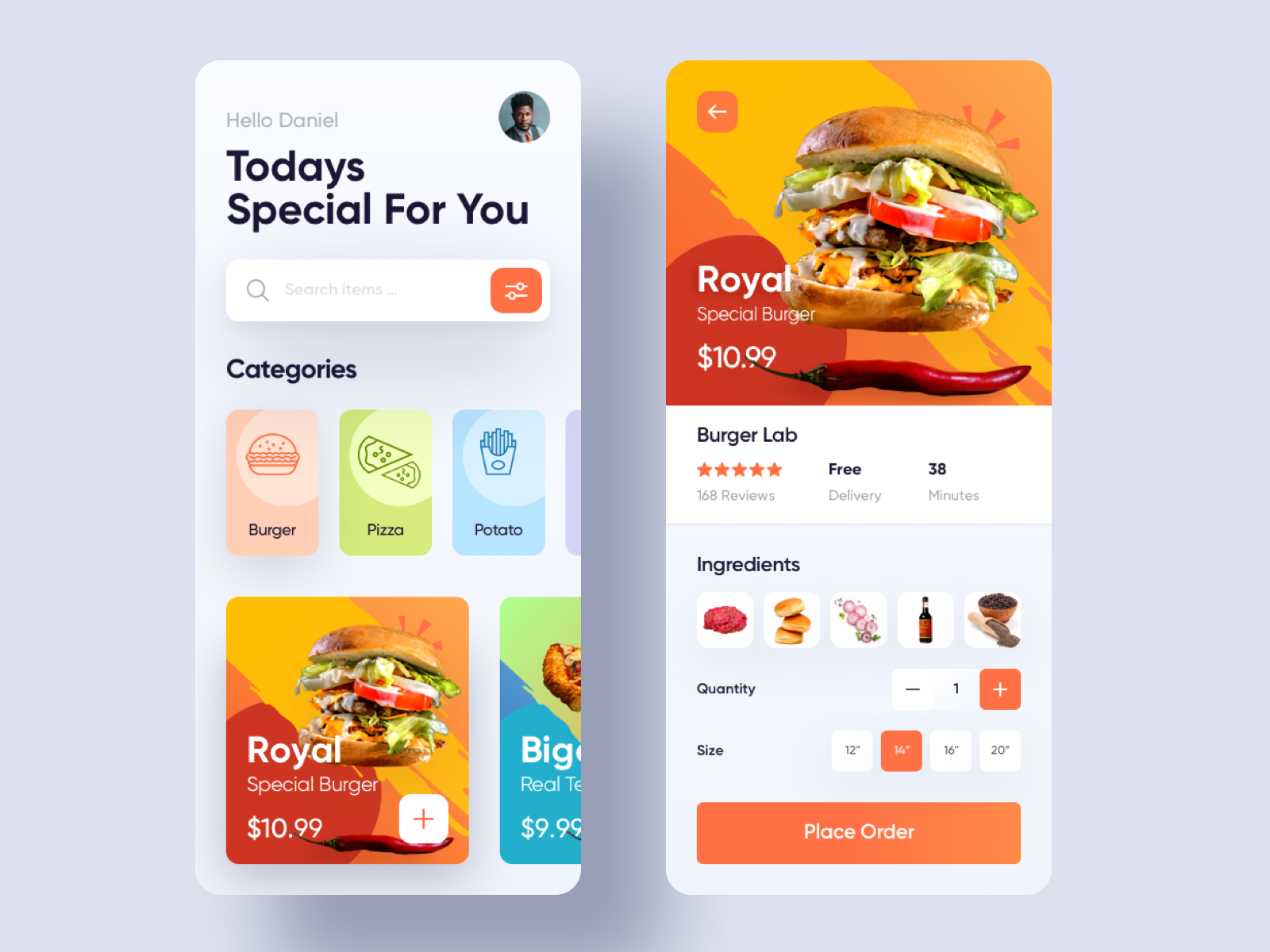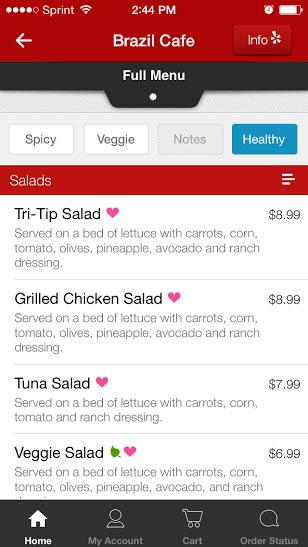

However, what many of these individuals might not realize is that the frequency of eating food from outside of the home is positively associated with a high body mass index ( 8). Roughly two-thirds of the American consumer utilizing a popular food-delivery platform, DoorDash, reported that food delivery was their preferred way of eating dinner ( 7). While this growth has both positive and negative outcomes for restaurants, expanding their market yet costing them in fees, what does it mean for the American consumers and their health? It is expected that food delivery applications will have over 44 million users in the United States in 2020 ( 6). With their success came other services, like UberEats, which grew by 230% in 2017 ( 5). With approximately 44,000 restaurants on GrubHub's platform, food sales reported in October 2019 grossed about 1.4 billion dollars, an estimated 15% gross year-over-year increase ( 4). The company rapidly grew, acquiring other online businesses and expanded into the delivery service arena.

GrubHub, founded in 2004, was the first successful third-party food delivery system ( 3). In most instances, digital food ordering can be done directly with a restaurant app or third party food service, which allow people to view local restaurants and menus ( 2). Digital orders, ordered via a mobile app, Internet, or text message, have grown 23% over the past 4 years representing a $26.8 billion dollar industry ( 2). Digital ordering represents half of all food delivery visits, expanding beyond traditional dinner delivery to encompass breakfast and lunch delivery ( 1). Food delivery applications have seen a surge in growth over the past decade.


 0 kommentar(er)
0 kommentar(er)
